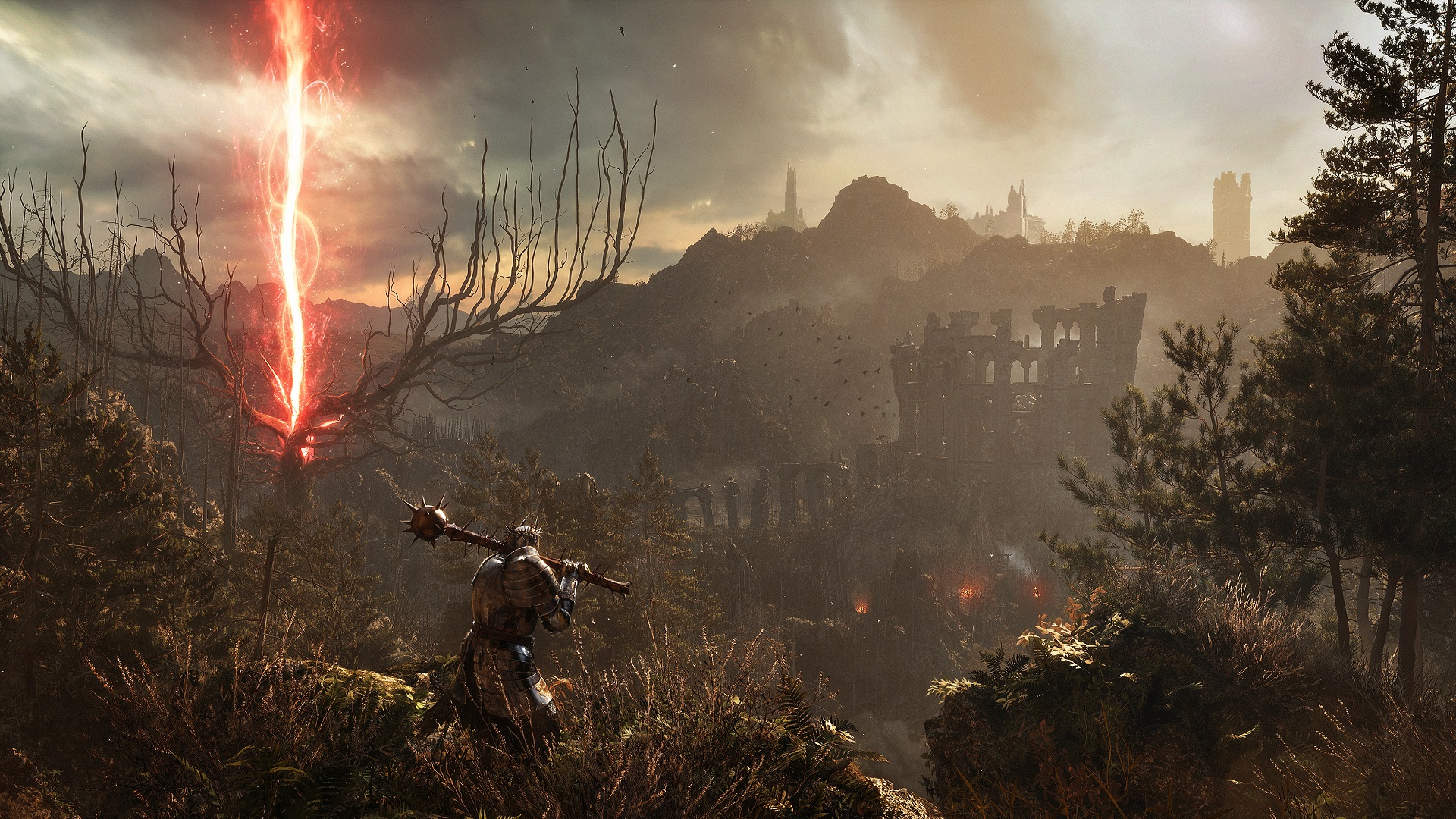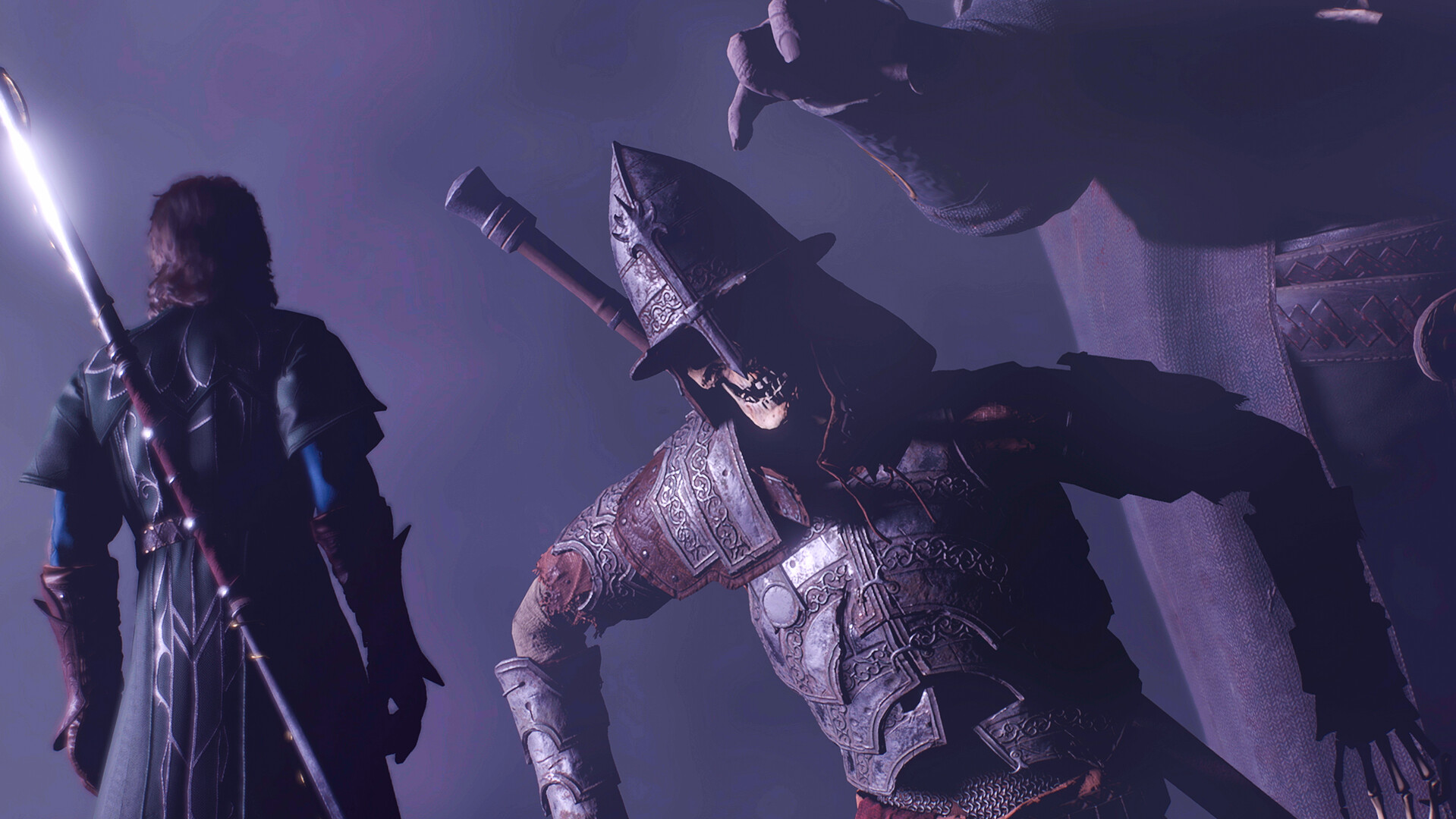THE LAST OF US PART II Review – Bloody Fingers Strumming Your Heartstrings
Developed by Naughty Dog
Published by Sony Interactive Entertainment
Available only on the PS4
MSRP $59.99
Anyone who’s played Naughty Dog’s 2013 horror-drama hit The Last Of Us will likely remember two moments above the rest: a scene in which protagonists Joel and Ellie encounter a herd of giraffes roaming through post-apocalyptic Salt Lake City, and the ending, wherein Joel makes a difficult, morally-questionable decision in order to rescue Ellie. Naughty Dog seems to know what its strengths are, because both those moments form critical tonal compass points in The Last Of Us Part II, a game of buoyant light and crushing darkness that leapfrogs off its predecessor to unprecedented dramatic heights.
Rather than simply tack a “2” onto the title, Naughty Dog specifically called this sequel Part II – and that’s an indication of how tightly the sequel is tied to the first game. Though it opens with a brief recap, the sequel plays significantly better with knowledge of its predecessor’s events and characters. It’s almost not even worth playing the sequel by itself (and possibly not even without having played the Left Behind DLC), as the entire narrative revolves around a reckoning with its characters’ prior actions – particularly Joel’s big climactic decision and subsequent big climactic lie.

Four years after that incident, Joel and Ellie have joined a functioning little community in Wyoming, trying to live as normally as they can in a world decimated by fungal plague zombies. The gentle opening hour of the game deals primarily with human drama over survival drama, introducing the new status quo and a new set of characters and relationships, including Ellie’s blossoming romance with her charming new girlfriend Dina. The initial combat tutorial takes the form of a snowball fight with some kids. The biggest point of conflict involves a drunken spat from the night before. Ellie’s life in Jackson is quiet and optimistic – a joyful “new normal” that gets rapidly shattered.

After witnessing a shocking moment of violence that completely upends Ellie’s life, she and Dina set off to an appropriately rainy and miserable Seattle on a mission of revenge. Thus begins a lengthy, generous narrative which takes its characters on a harrowing journey and illuminates their backstories in surprising ways. Passing through a wide variety of evocative environments and experiences, Ellie gets right to the point of confrontation with her nemesis – it almost seems like the game is at its climax – and then.

And then.
Halfway through, The Last Of Us Part II takes a massive, bold turn that immediately catapults it into “holy shit” territory (I can say this, because I literally vocalised “holy shit” at the time). It’s at this point that my review butts up against Sony’s embargo agreement: as with my above non-description of the story’s inciting incident, I am literally not allowed to write specifics about anything in the second half of the game. I can’t tell you about the engaging new characters, or Ellie’s tragic character arc, or the game’s single most fucking interesting feature that will undoubtedly be the primary talking point once people have played it. I can’t even use any screenshots other than those approved by Sony. All I can offer is innuendo. Still: at least you won’t be spoiled.
The Last Of Us Part II gets dark – really dark. Many games attempt to comment on their own violence, but few have been this successful. Through a number of narrative and gameplay techniques, Naughty Dog forces players to grapple with the consequences of Ellie’s emotional descent, and with the cycles of violence she perpetuates. That violence is intimate and dirty, even for a horror game, and because the characters are so well-drawn, it never feels spectacular or “gnarly”. But the violence is as much psychological as it is physical; the true horror lies in the places Ellie is pushed to personally. As her vengeful obsession hollows her humanity, we start to see our main protagonist through other characters’ eyes, and it’s almost unbearable to watch – and harder still to push the buttons to make her do the unspeakable things she does. There are no easy answers to the questions it raises, many of which echo those found in Richard Matheson’s seminal post-infection novel I Am Legend. Players looking for escapism will be turned off, guaranteed.

Of course, as with any game critiquing its own violence, there’s still dissonance between what happens in the cutscenes and what happens in the gameplay. Borderline fetishistic gun-upgrade animations aside, the game constantly pushes players towards combat, thanks to player-seeking AI behaviour, resources and secrets that become easier to access once everyone’s dead, and the simple satisfaction of clearing out an area. Repetitively chaining stealth kills is still the safest, most efficient way to get through levels. But perhaps Ellie’s increasing ease of violence is part of the point. An odd saving grace in this area is, surprisingly, the story’s linearity; never does it feel like the game is scolding players for making decisions, because they’re merely assisting in Ellie making hers. To that end, I found that sneaking past enemies, only attacking when caught, created the most desperate, most story-appropriate, and least gamey scenarios.

As grim as it gets, The Last Of Us Part II contrasts its darkness with much-needed light. The giraffes don’t return, but their spirit lives on in numerous moments of beauty, love, and outright elation. More than any other game about survival, this one gives its characters things to live for. Every major character has their own hopes, loves, regrets, habits, and fears. Multiple approaches to post-apocalyptic society are explored in detail. Optional dialogue, diaries, and environmental details make exploration worth more than mere resource-gathering, while flashbacks flesh out character motivations. Much playtime is devoted to better empathizing with its diverse cast of characters, and the story is all the more powerful for it. This human drama might bore gamers itching for combat, and reactionary shitheads will utterly loathe it, but the narrative’s ambitions stretch higher than that.

Gameplay feels like a secondary consideration when discussing this game, but that’s only because its story is so strong. It’s almost hilarious how much Sony’s marketing has highlighted features like new traversal mechanics, new combat systems, and a pseudo-open-world area in the early game, because all anyone’s going to talk about is the narrative. Personally, if I had to point to one gameplay feature above any other, it’d be the game’s fully-fledged guitar simulator, used masterfully at key points to chart Ellie’s emotional ups and downs. But there’s still a lot of gameplay to be had in The Last Of Us Part II, and…yeah, it’s pretty good.

Combat encounters in The Last Of Us tend more towards suspense-thriller than the action-adventure of fellow Naughty Dog production Uncharted. They’re slow, tense episodes of sneaking about, getting caught, running, hiding, and shooting or stabbing enemies. Fighting fungally-infected pseudozombies is an at-times grueling horror experience, with one standout setpiece evoking the exceptional third act of Playdead’s Inside. Infected AI can feel arbitrary, though, given their non-human sensory perception, and consequently the various human encounters feel much more satisfyingly like games of cat-and-mouse. Level design is much more varied and vertical this time around, resulting in a great many memorable encounters, and some nifty traversal puzzles involving a new rope-physics system. Additionally, the game comes fully loaded with granular difficulty controls (and best-in-class accessibility options) that let players individually adjust AI awareness, player strength, resource availability, and so on, so whatever gameplay/story balance you’re looking for, you can probably get it.

As befits a Naughty Dog game, all of this material is presented through a stunning union of art and technology that only first-party budgets (and overworked employees) can create. Good acting in video games requires strong technology to convey it, and here I frequently gasped at the subtlety of performance showing through in the motion capture (particularly from Ashley Johnson as Ellie, Shannon Woodward as Dina, and Laura Bailey, about whose character I ache to write more, but can’t). Many times, I consciously noticed complex emotions onscreen that I had never seen in a video game before. The writers, actors, directors, and animators have set a new bar here, while the level designers and environmental artists have created a rich and believable (and often disgusting) world for their stories to play out in.

It’s been a while since I’ve been this gripped playing a game, staying up into the wee hours simply to find out what happened next. While the story frequently surprises, it does so in a way that feels honest and true to its characters, right up to its heart-wrenching and startlingly low-key ending. I wish I could tell you all the reasons why The Last Of Us Part II had me openly sobbing on multiple occasions – and laughing out loud just as frequently. All I can say is that it’s an exhaustingly emotional masterpiece, an incisive take on the long-term personal impact of violence, and per my tastes, one of the best gaming experiences ever. Sometimes, you just run out of superlatives.
Summary
The Last Of Us Part II packages a bold narrative into a tense and memorable video game that stands comfortably as Naughty Dog’s greatest achievement to date




